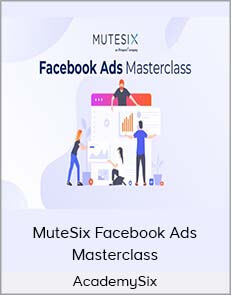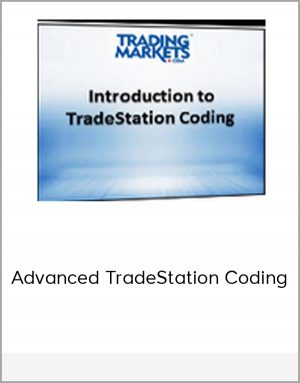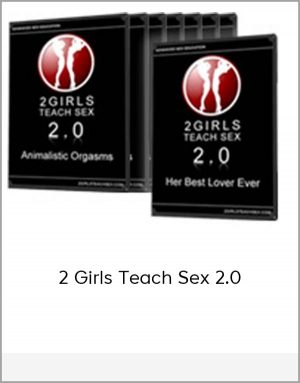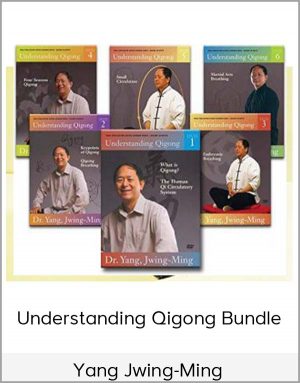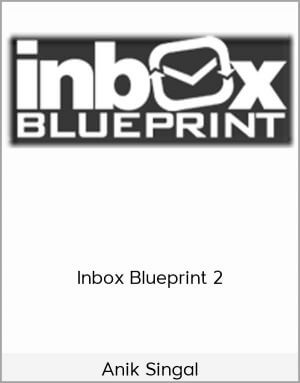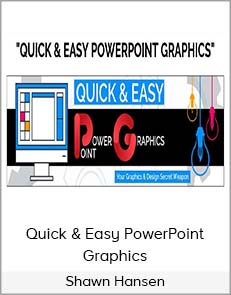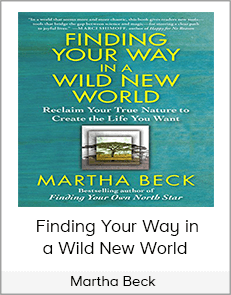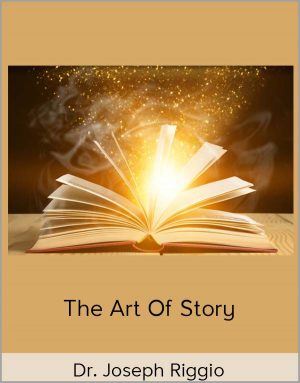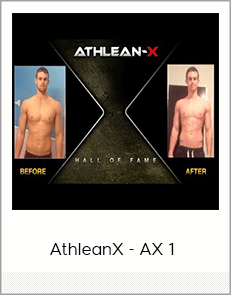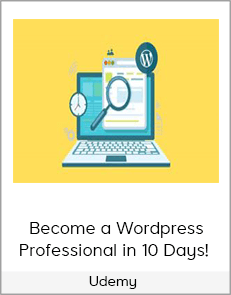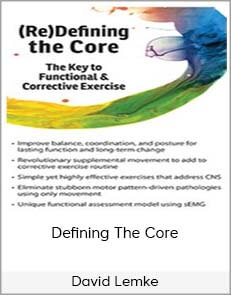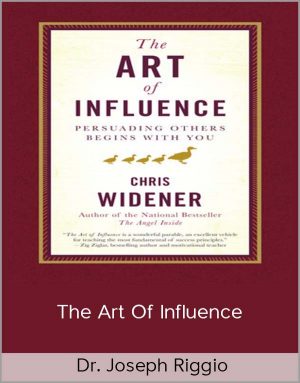Complete Bo Curriculum
$40.00$197.00 (-80%)
- Technology resources—for some lessons, suggestions are given for utilizing technology, especially websites that contribute to the lesson
Complete Bo Curriculum
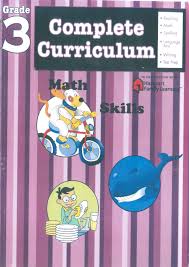
Check it out: Complete Bo Curriculum
Complete Curriculum has got to be one of the most inexpensive online curriculum providers available. They have digital-text courses for math, language arts, science, and social studies for preK through twelfth grade, although some of their courses for grades 11 and 12 are not yet available.
Course content is aligned with the national standards. The outlook is secular throughout all courses. Consequently, hot topics such as evolution, the age of the earth, and others (found especially in science and history texts) are treated from a secular perspective. While students do learn vocabulary, concepts, and skills, courses stress critical thinking rather than rote learning.
Most courses have 180 lessons for the school year. (Some science and social studies courses have fewer.) The publisher says that lessons for each subject should take one to one and a half hours a day to complete, but many lessons I reviewed would not take that much time. The customer who alerted me to this curriculum told me that for kindergarten and first grade they usually completed all four subjects within about one and a half hours per day.
Lessons are laid out in a consistent fashion in the online teacher’s manuals for every subject. For each lesson, the teacher’s manual lists:
- The lesson objective
- Key vocabulary words—might be used for spelling and /or vocabulary or to help students comprehend what they will read
- Materials needed
- Literary selections when appropriate—some of which are printed directly in the student manual
- An “engaging” question which the teacher uses to begin the lesson
- Supplemental engagement activities that appear for some lessons
- Extensions that appear for some lessons—these might be used with accelerated or lagging students
- Technology resources—for some lessons, suggestions are given for utilizing technology, especially websites that contribute to the lesson
- Additional Notes to the Teacher—outline or summarize the lesson
- Advance Preparation or Homework Required—gives the teacher a heads up when extra time will be required.
- Lesson Wrap-Ups—only in K-2 Math
For each course there is a student manual as well as a teacher’s manual; these are downloaded as PDF files. You will certainly want to print out some or all of the student manual pages since many serve as worksheets. Lessons are presented in full color with plenty of illustrations. While a color printer makes using the pages much easier, you can work with a black-and-white printout if you have the computer file easily viewable. Some lessons or stories refer to colors in the illustrations that children will need to see. The teacher’s manual for each course includes the student manual pages with answers for all worksheets, exercises, and assessments.
Choose the Ultimate K-5 Homeschool Digital Textbook Bundle that includes 48 books for only $94, the Ultimate 6th to 8th Grade Homeschool Digital Textbook Bundle with 24 books for $80, or the Ultimate High School Homeschool Digital Textbook Bundle with 26 books for $90. Or select a grade level package that contains eight digital books—textbooks for language arts, mathematics, science, and social studies plus teacher editions of each of the four texts—for only $37.40. You can also order individual course for only $11.01.
You may install texts on a personal computing device or a server for one classroom.
Students can still access content from a computer or tablet without printing out the texts, but online access is not required after downloading unless a lesson directs a student to do online research.
Whichever option you choose, some additional resources are needed from time to time. For example in the eighth grade language arts course, there is a lesson on Thomas Nast, a famous cartoonist of the nineteenth century. Part of the lesson then directs students to find and study present-day political cartoons and comics. In another lesson, students need to access Honi M’agel, a Jewish folktale, on the internet. Science lessons require resources for experiments and activities. Math might require pennies or other manipulatives in the early grades.
Even though students can enter some answers into the computer, this is not a computer-based curriculum like Switched on Schoolhouse where students type in all responses which are then graded by the software. Some worksheets will need to be printed out in advance.
Students create notebooks for some subjects such as spelling and writing as well as a Grammar Ring and a Vocabulary Ring where they collect rules and definitions they have written on index cards. High school students learn note taking skills and apply them across the curriculum. Students learn to integrate knowledge and skills through projects such as creating brochures, PowerPoint™ presentations, and research reports.
Language arts courses integrate all age-appropriate language arts skills—reading, literature, spelling, vocabulary, grammar, handwriting, and composition. It is expected that children have some familiarity with the alphabet prior to kindergarten; they should recognize at least some of the letters. Kindergarten teaches sounds and letters, beginning reading, writing, spelling, and printing along with other facets of language arts typically taught in kindergarten. Reading instruction is phonics-based, but it includes the introduction of many sight words. For reading material, Complete Curriculum’s own Progressive Readers are used in kindergarten through third grade, while classic literature is included within the student manuals in the upper grades. Language arts lessons often revolve around the literary selections. Students begin to create a journal in first grade. They continue to learn all forms of composition, applying those skills within language arts and across the curriculum.
Math follows a standard scope and sequence at each grade level. Simple manipulatives and visual illustrations are used to teach concepts in the early grades—e.g., lima beans are used in first grade to learn simple addition, and number cards and strips are used in second grade. Cumulative reviews help students retain skills learned in previous lessons. For high school, Algebra I, Algebra II, and Geometry are available, and other courses are still in the works.
The science program is inquiry-based. Lessons begin by raising questions while students do observations and experiments. Students record and analyze data according to the scientific method even in kindergarten, albeit at a very simple level. However, the Biology course for tenth grade has a rather limited amount of lab activity incorporated into some lessons. This is an area you will need to watch to ensure that science lab courses meet requirements of the college a student wishes to attend. I did not find health included within the science curriculum, yet that is a requirement in most states that you will have to cover in some other fashion.
Social studies courses cover history, geography, civics/government, and economics, with emphasis varying from grade to grade. All of these texts reflect a typical secular outlook as you might find in other texts used in government schools.
Kindergarten and first grade teach very introductory geography and history as well as community, citizenship, and character. Second grade continues with these themes, adding state history as students create a brochure-style mini-book on their own state. Third and fourth grade texts both present U.S. history, geography, and economics. The third grade text includes coverage of Native Americans. Fifth grade presents a history of the U.S. while sixth grade broadens to history of the Americas. The history of the Eastern Hemisphere is studied in seventh grade. Eighth graders study U.S. history again, this time from colonization through the Reconstruction. Ninth grade continues through modern history. Semester-long civics/government and economics courses are offered for tenth grade level. Then eleventh graders study world history and geography.
Throughout the social studies courses there are frequently challenging questions to consider, and students are often directed to read or research topics and present contrasting views. This is especially true for junior and senior high courses.
The quality of the writing in the social studies courses varies from text to text. Some texts seem to be collections of information while others have more of a story-telling feel—probably the result of different authors.
Complete Curriculum does not oversee student work or issue diplomas or report cards. However, for families looking for an inexpensive, secular curriculum, this is a real bargain.


